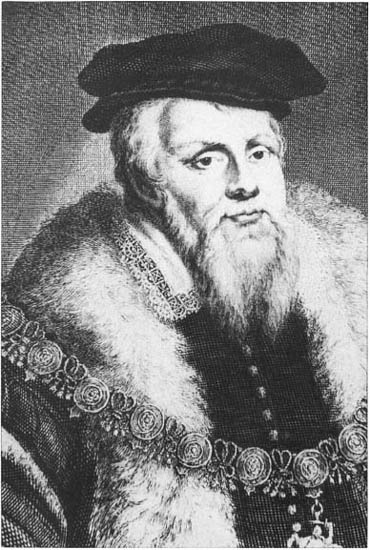
1. Francis Russell, 2nd Earl of Bedford (1528–85), godfather and patron of Drake. This eighteenth-century engraving was made from a portrait in the family collection at Woburn.

1. Francis Russell, 2nd Earl of Bedford (1528–85), godfather and patron of Drake. This eighteenth-century engraving was made from a portrait in the family collection at Woburn.
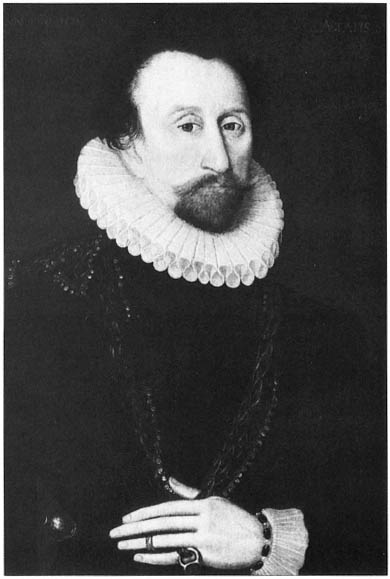
2. John Hawkins (1532–95), kinsman and backer of Drake, as he appeared in 1581. (National Maritime Museum, Greenwich)
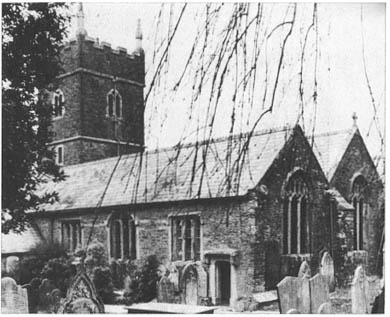
3. Church of St Budeaux, Plymouth, where Drake married Mary Newman in 1569. (Devon Library Services)
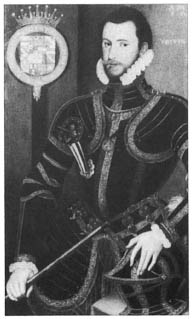
4. Walter Devereux, 1st Earl of Essex (d. 1576), painted shortly before he employed Drake in Ireland. (National Portrait Gallery, London)
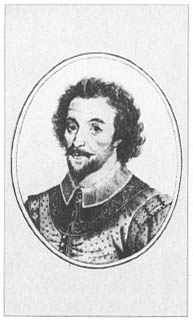
5. Sir John Norris (d. 1597), who co-operated with Drake in Ireland, Spain and Portugal. Engraving from a portrait by F. Zucchero.
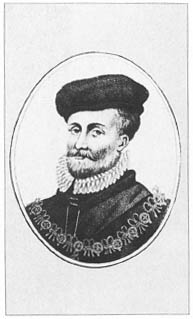
6. Edward Clinton, Earl of Lincoln (d. 1585), the Lord Admiral who supported Drake’s plan to enter the Pacific.
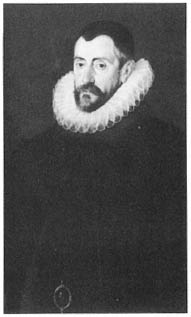
7. Sir Francis Walsingham (1532–90), Secretary of State, Drake’s fellow Puritan, and his principal supporter in government. (National Portrait Gallery, London)
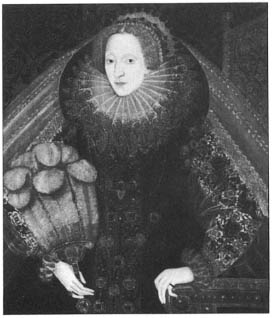
8. Elizabeth I (1533–1603), in a portrait attributed to J. Bettes. (National Portrait Gallery)
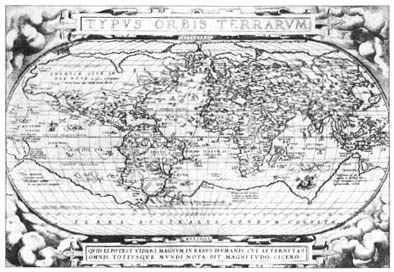
9. Abraham Ortelius’s world map (1570), showing geographical misconceptions about the southern continent, the Chilean coast and the Northwest Passage before Drake’s circumnavigation. This edition of 1579 has been marked with Drake’s route. (By permission of the British Library, 920.[327])
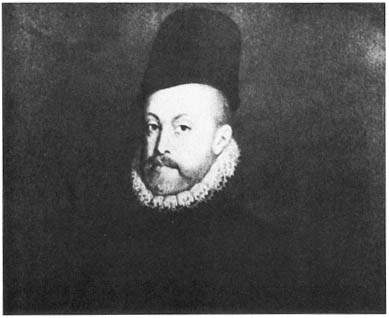
10. Philip II (1527–98), by Pantoja de la Cruz.
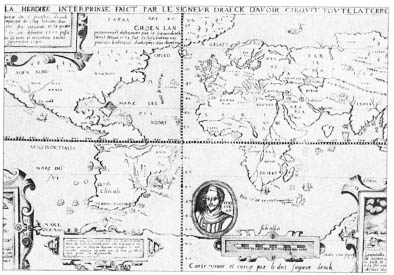
11. Nicola Van Sype’s map of Drake’s voyage around the world. Produced about 1583, it was apparently based on a map given by Drake to the Queen. The insets show the Golden Hind. (By permission of the British Library, Maps C.2.a.7[1])
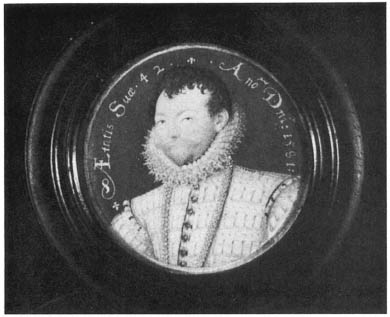
12. Sir Francis Drake by Nicholas Hilliard, 1581. This is the earliest authenticated portrait. (National Portrait Gallery, London)
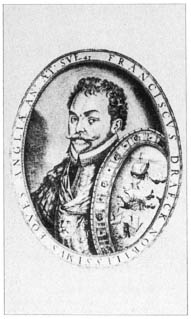
13. Sir Francis Drake. An engraving by Thomas de Leu from a painted by Jean Rabel, this is the best of two distinct prints showing Drake shortly after his circumnavigation.
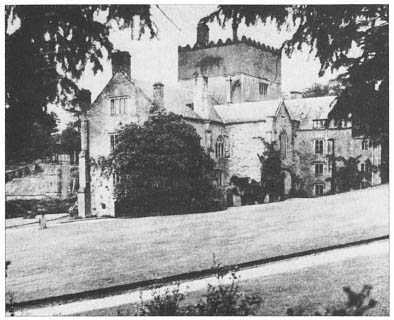
14. Buckland Abbey, Drake’s country seat. (Devon Library Services)
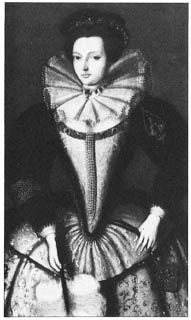
15. An alleged portrait of Elizabeth Sydenham in 1583, before her marriage to Drake. (National Maritime Museum, Greenwich)
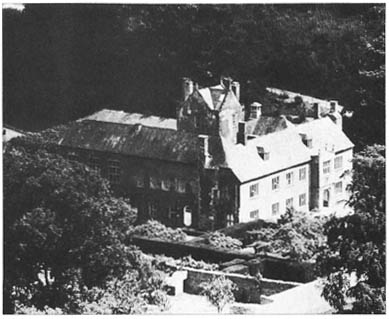
16. Combe Sydenham House, home of the Sydenhams, now open to the public. Note the front with Sir George Sydenham’s coat of arms above the door, and the only surviving wing and tower. (Combe Sydenham Hall. Monksilver)
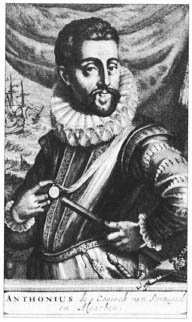
17. Dom Antonio (1531–95), claimant to the Portuguese Drake to invade Portugal. (National Maritime Museum, Greenwich)
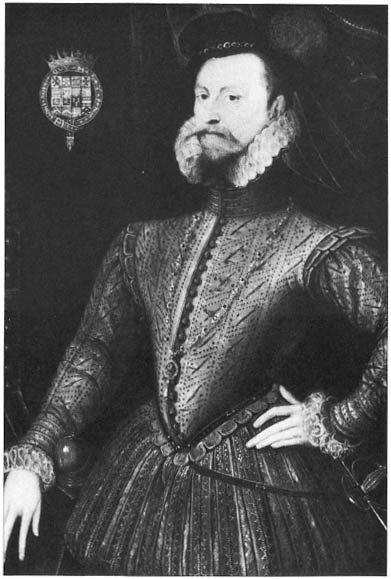
18. Robert Dudley, Earl of Leicester (1533–88), who used his enormous influence at court to promote Drake’s voyages. (National Portrait Gallery, London)
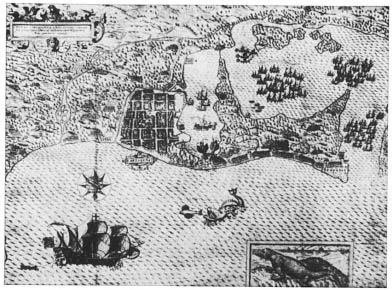
19. A contemporary map by Baptista Boazia, showing Drake’s attack on Cartagena in 1586.
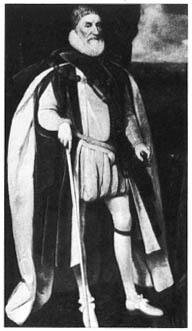
20. Charles, Lord Howard of Effingham (1536–1624), Lord Admiral during the campaign against the Armada in 1588. (National Maritime Museum, Greenwich)
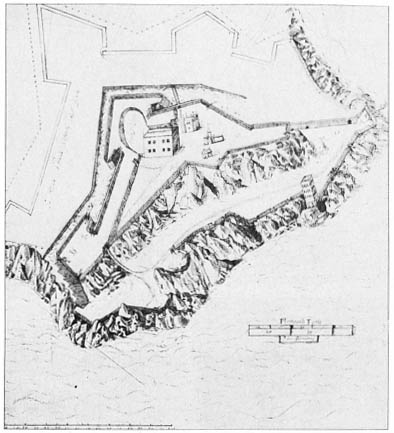
21. Plymouth Fort, which Drake pressed the government to build, showing in a drawing of 1602. Note the extention of the fort to the foot of the cliffs. (By permission of the British Library, Cotton Ms. Augustus I.i,42)
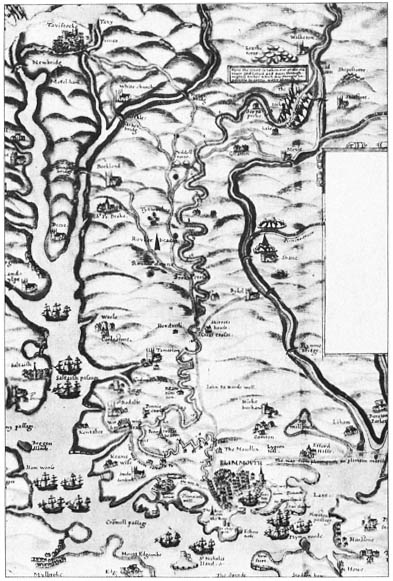
22. Plymouth about 1590, a drawing showing the course of the leat by which Drake was then bringing fresh water into the town. (By permission of the British Library, Cotton Ms. Augustus I.i,41)
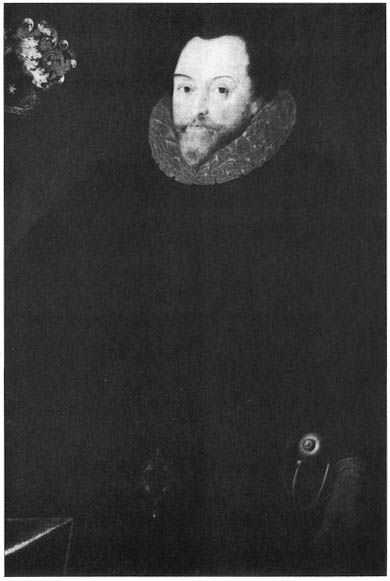
23. Sir Francis Drake, 1591, a portrait attributed to Marcus Gheeraerts. Uncertain about which crest to use for his coat of arms, Drake omitted it from the painting. (National Maritime Museum, Greenwich)
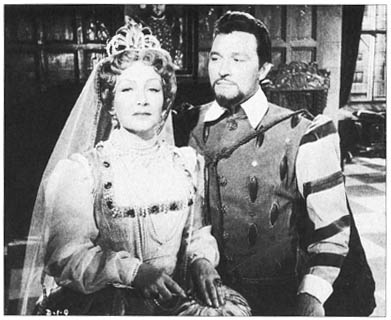
24. Terence Morgan in the title role of the Sir Francis Drake television series, 1961–62. Employing 16 scriptwriters, it successfully exploited Drake’s appeal to the audiences seeking high adventure. also shown is Jean Kent as Queen Elezabeth. (ITC Library Sales Ltd)
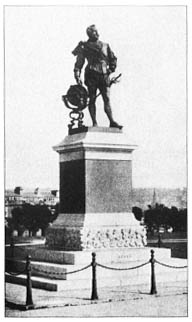
25. A replica of Boehm’s statue of Drake erected on Plymouth Hoe in 1884, when the admiral was regarded as the founded of England’s naval greatness. (Devon Libary Services)
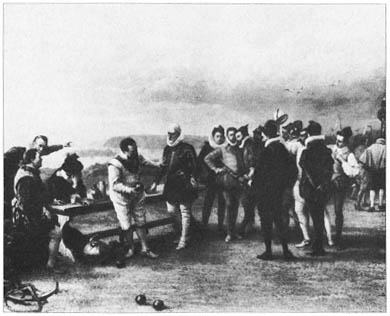
26. Seymour Lucas’s nineteenth-century view of the inspiring story of Drake’s Game of Bowls. (National Maritime Museum, Greenwich)